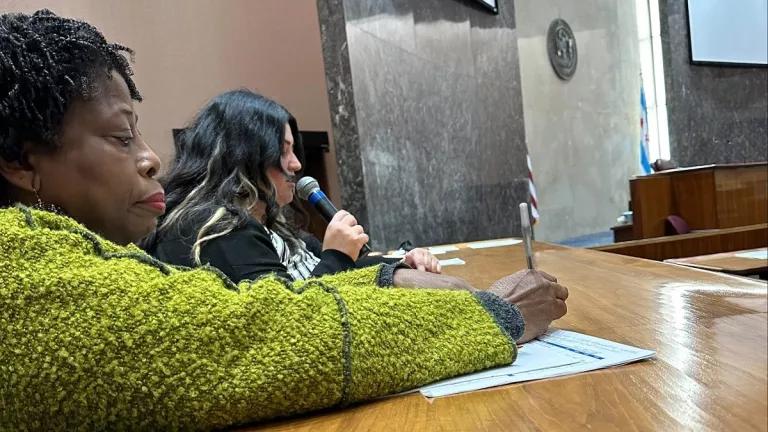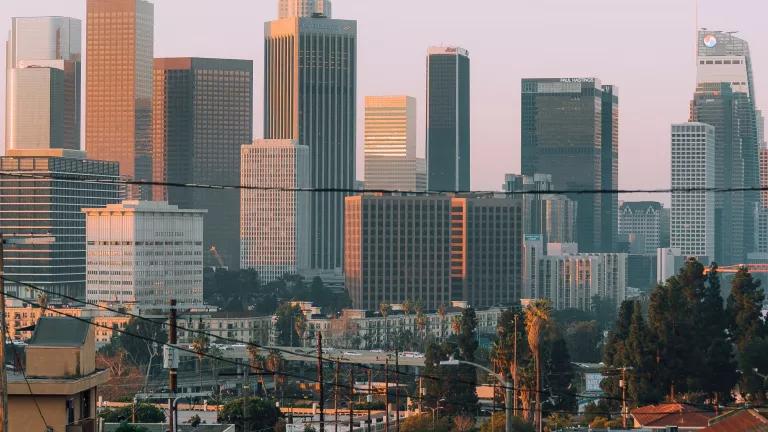Green Gentrification, and How Environmentalists Can Avoid It

There’s an increasing public awareness that building new public transit hubs can lead to gentrification and displacement of low-income residents. That’s why we backed Measure JJJ last fall, which ensures that affordable housing is included in new development around public transit hubs in Los Angeles.
But transportation isn’t the only driver of gentrification. Many “green” neighborhood improvements can make a neighborhood more attractive for higher rents.
For example, building community resources like parks and bike trails can suddenly make a neighborhood more attractive for luxury housing development, leading to rent increases and displacement of long-term low-income residents. Instead of providing a new resource to a historically disadvantaged community, green improvement projects can unintentionally result in fracturing communities and exacerbating racial and socioeconomic injustice. This perpetuates racism and poverty, which have contributed to generations of communities lacking access to open spaces, recreational opportunities, education, healthcare, and economic mobility.
Everyone deserves to enjoy the benefits of public investment in their community. And there’s a lot that environmentalists can do to make equity a central part of urban greening, ensuring that existing residents are the ones who reap the benefits of neighborhood improvement projects.
A new report from the Prevention Institute—Healthy Development Without Displacement: Realizing the Vision of Healthy Communities for All—aims to connect healthy community development with sound anti-displacement policies. The report poses the question: What can people working in transportation, parks and open space, planning, health care, and public health do to improve community conditions without contributing to gentrification and displacement?
The report:
- Provides background on the systemic causes of inequitable urban environments and root causes of displacement.
- Identifies risk factors that make displacement more likely, and factors that build community resilience.
- Explores the health impacts of displacement and how community stability supports public health.
- Creates a menu of strategies that people working in healthy communities fields can leverage to promote healthy development without displacement.
One of the bottomline takeaways from the report: Accessible, affordable housing is a critical component of a healthy community. Through collaboration, healthy community advocates and affordable housing advocates can create a framework for a more just and equitable future for underserved neighborhoods.
NRDC is teaming up with organizations across the region to more deeply explore these issues, particularly focusing on creating a new model of development that would expand low-income communities’ access to affordable housing and parks while also mitigating the risk of displacement. LA ROSAH—the Los Angeles Regional Open Space & Affordable Housing Collaborative—will host its first symposium on October 25th and 26th.
We hope you will join us.
Thanks to my colleague Heather Kryczka for contributing to this post.




